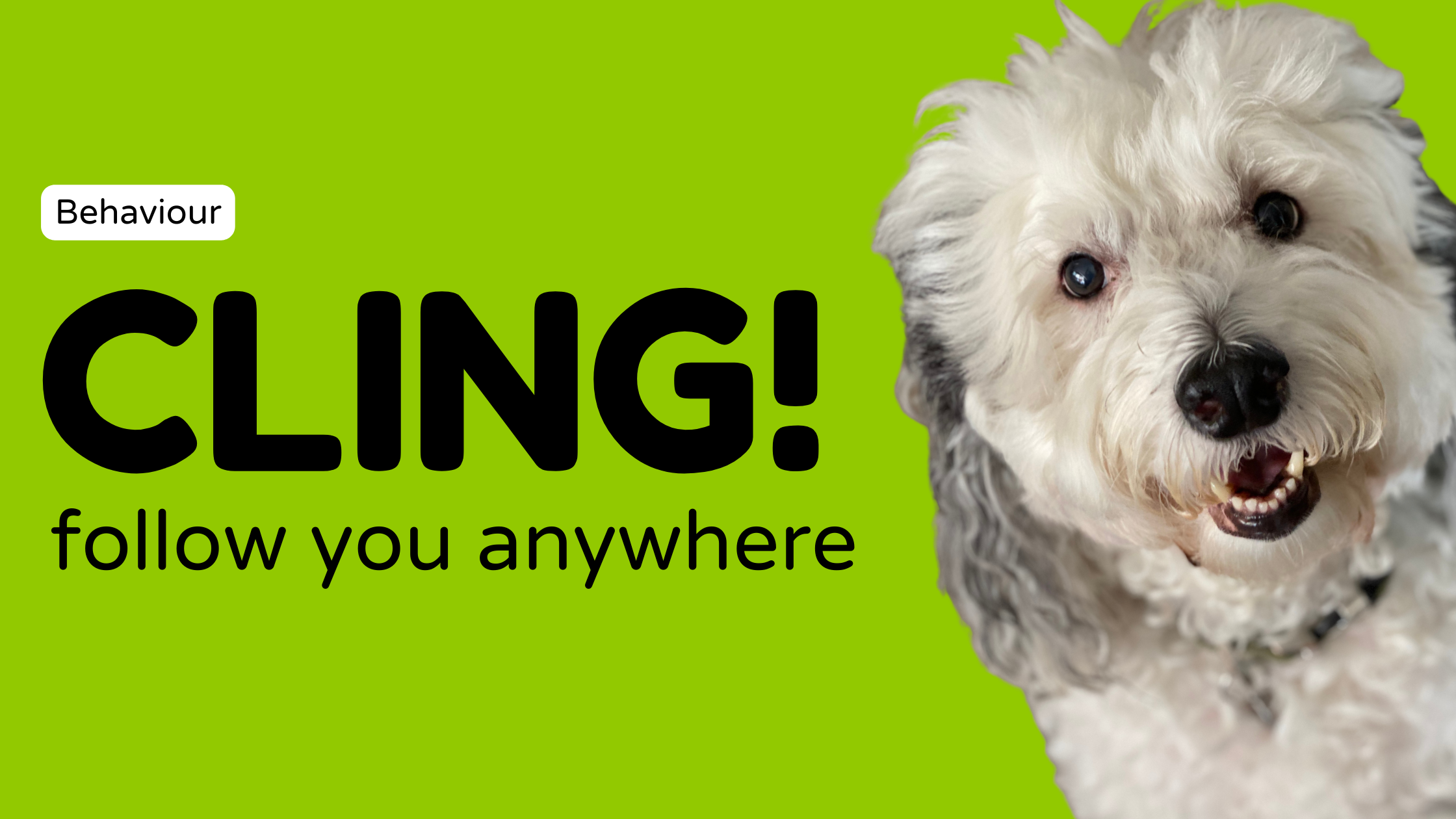Why Is My Dog Clingy?

Having an affectionate dog is probably one of the many dreams of a fur mom or dad. Who doesn’t want a pooch that loves to cuddle, especially during leisure hours? However, what happens if you have a dog that’s too clingy or affectionate? What would you do if your pooch starts showing signs and symptoms of the velcro dog syndrome?
Have questions about dog parenting? Get answers from 50K+ dog parents on the sploot app! Ask Here
What exactly is a Velcro dog?
Holiday Barn defines it as an excessively clingy pooch. If you notice that your dog won’t stop following you or if he/she always looks at you and wonders where you’d go, then you my friend have a velcro pooch.
Do take note, however, that the velcro syndrome is far different from the separation anxiety. While a lot of folks think that these terms are synonymous, these, are in fact, quite different from each other.
Velcro dogs simply want to stay close to you. This behavior is quite common among the most affectionate dog breeds such as the golden retrievers, collies and greyhounds.
Pooches who suffer from separation anxiety, on one hand, exhibit worrying symptoms when you leave such as:
- Panicking or pacing around
- Panting or drooling
- Uncontrolled urinating or defecating
- Excessive howling or barking
Unlike in separation anxiety, you won’t need to seek medical attention if you think your pooch shows symptoms of the velcro syndrome.
What triggers the velcro dog syndrome?
The Velcro Dog Syndrome can be triggered by numerous factors. For starters, his/her clinginess might be imprinted on his/her DNA. As mentioned earlier, there are selective dog breeds that tend to be more affectionate than the others.
Then, there’s also how you treat your fur baby. Unbeknownst to you, you might be encouraging your dog to act that way. For example, you might be giving him/her too much attention.
Ageing is also seen as a triggering factor of the velcro syndrome. Oftentimes, pooches who suffer from hearing or vision problems tend to demand more attention because of stress and anxiety.
Lastly, it can be caused by sudden changes in his/her environment. This is quite common among dogs who move to a new house or has been recently rehomed.
How do you deal with a clingy canine?
If your dear pup exhibits symptoms of the velcro dog syndrome, you need to understand what triggered such reaction. Does he/she want more time with you? Are you creating a dependence? It’s crucial to pinpoint why your dog became very clingy, so you can make more effective adjustments. Below are some of the best ways to deal with a velcro dog:
- Give your dog more mental and physical challenges.
- Encourage isolation from time to time.
- Ignore him/her sometimes when he/she asks for too much attention to discourage such behavior.
- If it’s caused by moving to a new home, then you should try creating a solid routine such as waking up the same time in the morning or taking him/her outside before you leave the house.
Sploot View: Dealing with a velcro dog is not difficult!
While clinginess is not an abnormal behaviour, it might cause trouble especially when you’re doing chores. Carefully evaluate your dog’s clinginess and try making a few changes such as those enumerated above.
Have questions about dog parenting? Get answers from 50K+ dog parents on the sploot app! Ask Here
